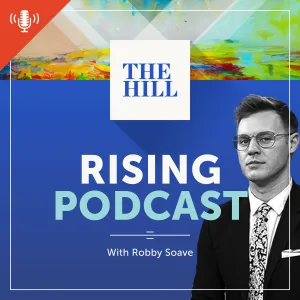US economic growth slows to 2.3 percent in first quarter, still beating expectations

U.S. economic growth slowed to 2.3 percent of GDP in the first quarter of 2018, according to the Bureau of Economic Analysis (BEA), a lower rate than the fourth quarter of 2017 but higher than initial projections.
The 2.3 percent growth rate is 0.6 percent below the previous three-month period. First-quarter growth typically lags as consumers cut spending following the holiday season and as winter weather freezes key economic drivers.
Analyst’s projections for first-quarter growth ranged between 1.8 and 2 percent.
{mosads}
First-quarter growth rates are usually revised upward, sometimes close to a full percentage point. BEA said that Friday’s report is “based on source data that are incomplete or subject to further revision by the source agency,” and it will issue its revised estimate on May 30.
BEA attributed the higher than expected numbers to increases in business and inventory investment, consumer spending and exports — all critical forces behind economic growth.
Brian Coulton, chief economist at Fitch Ratings, said while consumer spending was lower than expected, “the really impressive thing continues be business investment.”
“With consumption growth likely to bounce back and fiscal stimulus about to kick-in big-time, there are probably more upside than downside risks to our latest forecast for 2018 growth of 2.7 percent,” Coulton said.
Gus Faucher, chief economist at PNC, said that while the first quarter growth rate was better than the 2 percent consensus and the 1.8 percent forecast from PNC, “the details were a bit weaker than the headline number suggests.”
“Despite the boost to after-tax incomes from tax cuts, consumer spending rose just 1.1 percent at an annual rate in the first quarter, the smallest gain in almost five years,” Faucher said. “Some of the weakness came from lower auto sales early in the year, but other components of consumer spending were also soft.”
Prices and wages also increased in the first quarter as the tight labor market continues to put upward pressure on inflation.
Prices for goods and services purchased by U.S. residents rose 2.8 percent in the first quarter of 2018, following a 2.5 percent increase in the fourth quarter. Excluding food and energy, prices increased 2.7 percent in the first quarter, versus an increase of 2 percent in the fourth quarter of 2017.
The personal consumption expenditure (PCE) index, the BEA’s barometer for inflation, rose 2.7 percent in the first quarter, the same rate as the fourth. The PCE index minus food and energy prices, the two most volatile sectors, increased 2.5 percent in the first quarter, a 0.6 percent increase from the previous quarter.
Personal income for Americans increased $182.1 billion in the first quarter, versus a $186.4 billion rise during the fourth quarter.
Copyright 2023 Nexstar Media Inc. All rights reserved. This material may not be published, broadcast, rewritten, or redistributed. Regular the hill posts










